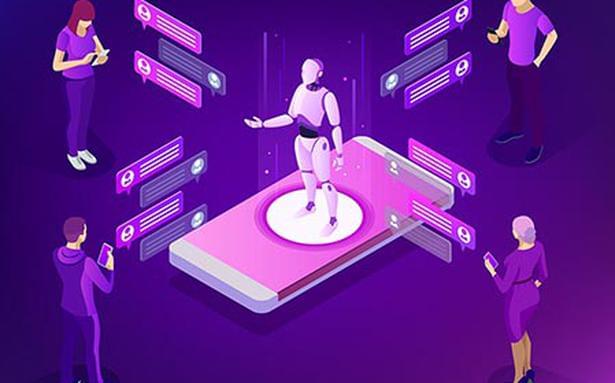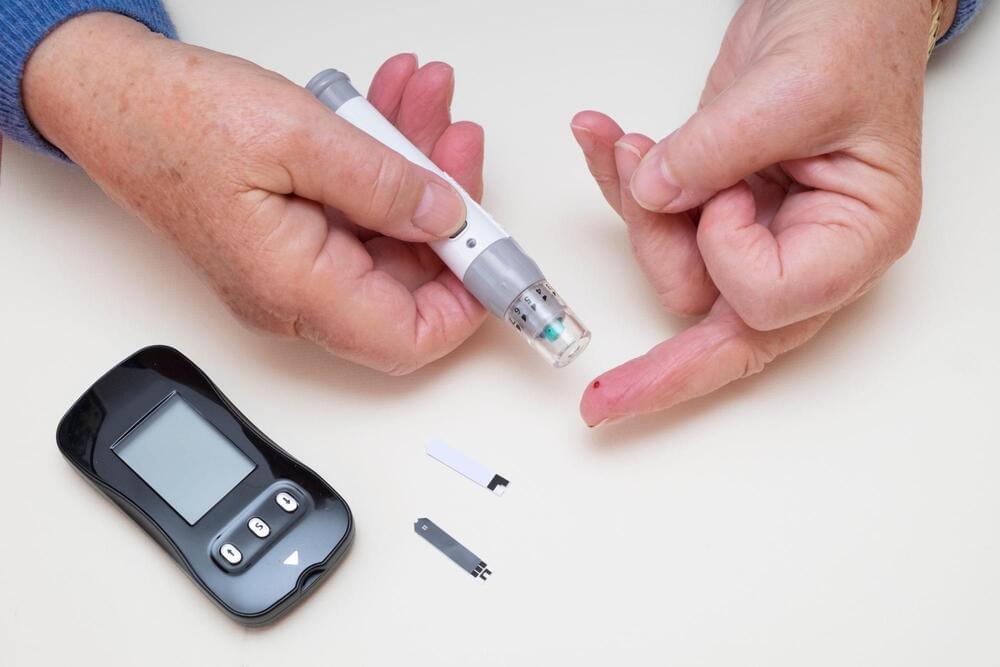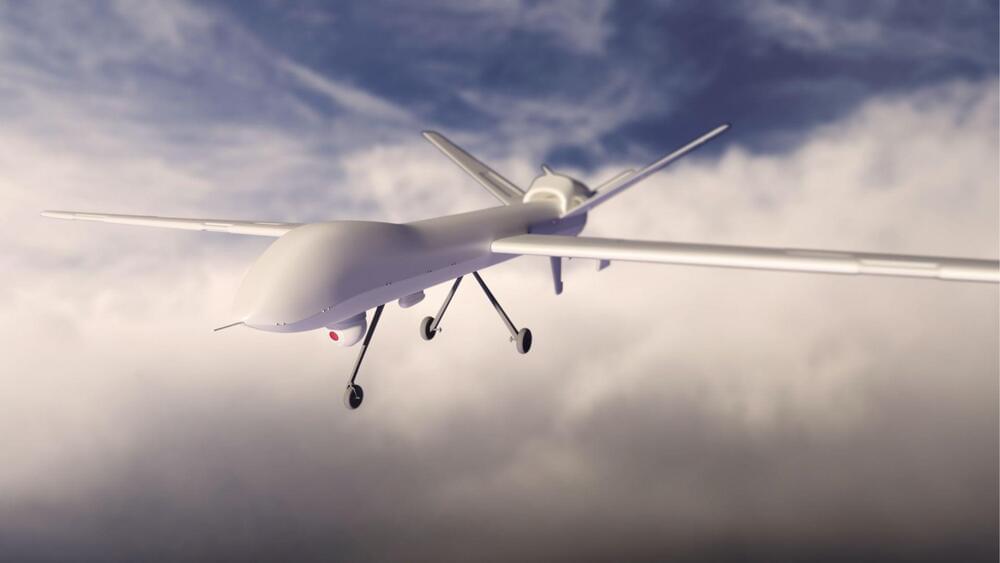Sign up for a Curiosity Stream subscription and also get a free Nebula subscription (the streaming platform built by creators) here: https://curiositystream.com/isaacarthur.
Space is deadly and our spaceships and stations are cramped and thin-protected environments, placing enormous stress on those who journey there. So how to we keep from going crazy while we explore strange new worlds?
Visit our Website: http://www.isaacarthur.net.
Support us on Patreon: https://www.patreon.com/IsaacArthur.
Support us on Subscribestar: https://www.subscribestar.com/isaac-arthur.
Facebook Group: https://www.facebook.com/groups/1583992725237264/
Reddit: https://www.reddit.com/r/IsaacArthur/
Twitter: https://twitter.com/Isaac_A_Arthur on Twitter and RT our future content.
SFIA Discord Server: https://discord.gg/53GAShE
Listen or Download the audio of this episode from Soundcloud: Episode’s Audio-only version: https://soundcloud.com/isaac-arthur-148927746/staying-sane-in-space.
Episode’s Narration-only version: https://soundcloud.com/isaac-arthur-148927746/staying-sane-i…ation-only.
Credits:
Staying Sane in Space.
Science & Futurism with Isaac Arthur.
Episode 358, September 1, 2022
Produced & Narrated by Isaac Arthur.
Written by:
Isaac Arthur.
Logan Smith.
Editors:





